A TALE OF THREE AEROPLANES
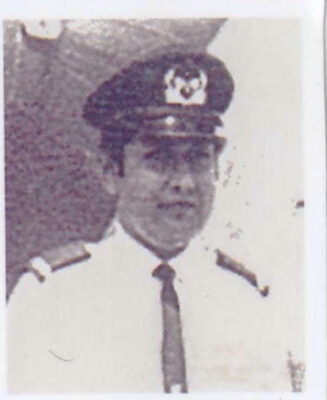
The present-day sky is crowded. Airways crisscross above continents and oceans and are severely congested with all kinds of aeroplanes carrying passengers and cargo. Then someone crashes, people die, and we say “What a shame!” The manufacturers start defending their aeroplane, the insurance companies look for loopholes to creep through and save their bacon. Of course, there is always the ever-present ‘pilot error’ verdict to take the final blame. That is what happens in air crashes and crash causes. The dying or the surviving is seldom man-made. It is all done upstairs and has little to do with what we deduce from what we know or hear. I’ve seen enough of the sky and what happens in it to figure that out.
August 7th,1997, a Fine Air DC-8-61F took off from Miami International on a direct flight to Santo Domingo. It was a cargo flight, two pilots and a Flight Engineer plus a security officer were the only occupants. The DC-8 rolled off on Runway 27 Right and eased into the azure blue Florida sky.
That’s when the trouble started. The first officer was flying, and he could not control the pitch attitude of the aeroplane, and the nose kept creeping up. The speed started bleeding off and the big cargo jet stalled and crashed 3000 ft beyond the end of the runway. It instantly killed the 4 people on board and also a luckless motorist who was passing on the road beyond the airfield.
The investigation proved the DC-8 was loaded incorrectly by the cargo people and the trim settings shown were wrong.
The load sheet is given to the Captain a few minutes before the doors are closed. It shows how the aeroplane is loaded and how the Center of Gravity is calculated by the load master who decides how the payload should be distributed. If he makes a mistake, and the Captain fails to notice it, no one would know that till the aeroplane rotates and the pitch attitude misbehaves. At times it could become almost impossible to fly the aeroplane.
That’s one down and two to go of the three stories.
The Ethiopian 707 cargo aeroplane was loaded and ready for takeoff in Fiumicino Airport in Rome on 19th November 1977. It was a two-sector flight, first to Asmara and then to Addis Ababa, carrying a consignment of tyres. There were five onboard, the two pilots and the Flight Engineer and two security officers.
The aeroplane was almost fully loaded with heavy cargo plus 11,000 gallons of fuel. The Captain checked the load sheet and calculated the take-off power needed and set the stabilizer trim according to the units that were displayed in the load sheet.
The 707 rolled out of Fiumicino and took-off. It is not clear what happened, the theories expressed are multiple. The 707 could not be controlled in the pitching and nosedived to a scrub bush jungle on the extended centerline of the runway.
All 5 people in the aircraft died. The 11,000 gallons of fuel burned the fuselage to cinders. Maybe the calculated trim was wrong or maybe the loading of the cargo was not according to center of gravity limits. Some even said the cargo pallets may have shifted. Either way, the 5 people who died lost their lives in vain, perhaps due to a loading mistake.
And now I come to the third aeroplane, the one that got away.
No, this I did not take from any record book nor is it a trumped-up story from a third or fourth party. This is straight from the horse’s mouth which I pulled out with tongue and teeth. It was the surviving pilot who laid bare all the facts of this incredible story. Captain Jaya Seneviratne is no more, he passed away some years ago. First Officer Nihal Jayawickrema flew almost every jet aeroplane that served Sri Lanka and retired after being the Director of Flight Operations in the national carrier. I write this in honour of these two pilots. Let the truth be on record, stated as it happened, so that such professional pinnacles are remembered and told and re-told for future generations.
The year was 1971. Sri Lanka was boiling and bursting at the seams. The JVP had taken arms to fight the ruling coalition of the Sirimavo Bandaranaike government. At the start the armed forces were ill-prepared to contain the onslaught of the youth uprising. The pendulum swung both ways and hundreds of the innocent from the two sides died in vain. I better stop that sad story now before I forget my purpose and blast away at things that are best left unsaid.
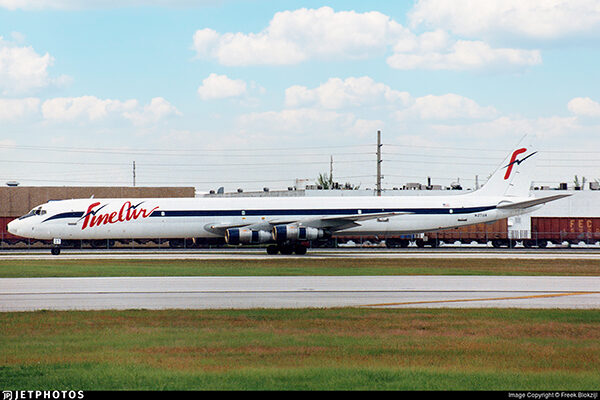
Ammunition and soldiers had to be moved to fight the JVP. Road transport was difficult with guerilla type ambushers. The safest was by air, load an old DC-3 and fly to wherever you want. Such was the plan when Capt. Seneviratne and F/O Jayawickrema got onboard to fly from Ratmalana to Vavuniya. They had to carry some soldiers and a lot of ammunition boxes that weighed like concrete blocks. Of course, there were no cabin crew, and strangely more passengers than seats, more like military musical chairs. The plane had to fly to Vavuniya, unload soldiers and ammo and return empty to Ratmalana. Of course, whoever ordered the flight had thrown away the rule book. There was no LOAD SHEET. This was an emergency; nobody knew how much the payload weighed and where the trim sheet center of gravity was. The Captain was a grizzly old school veteran, and the F/O was a bright young spark and between them they were more than capable of flying to Vavuniya and back. Passengers seated and standing, limitlessly over-loading, and with enough ammunition to make it a flying bomb if any emergency occurred, somebody sure had vaporized the rule book. Had to be somebody big.
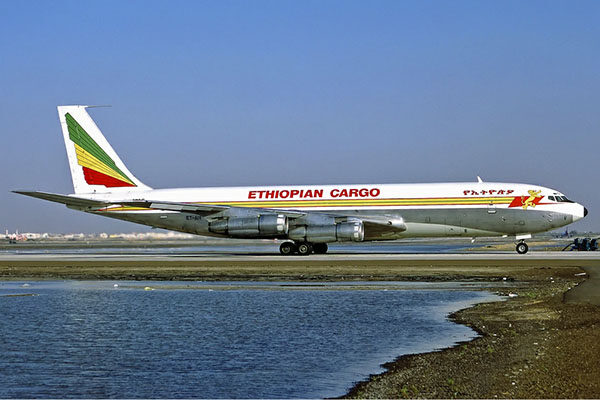
They started engines and taxied to line up on runway 04 (heading north/east) and opened full power for the take-off. It was slow to gather speed and almost ran to the other end before the Captain gently eased the control column back and got the lumbering DC-3 to get airborne. The instant Capt. Seneviratne lifted the plane he would have known something was very wrong. The old Dakota was climbing foot by foot while the F/O retracted the gear and the flaps. The aeroplane was still not climbing, the two pilots knew they were flying a heavily over-weight aeroplane which had been loaded with total disregard to its center of gravity.
From here onwards I am writing exactly what First Officer Jayawickrema told me. This is no fairy tale, but some clever piece of flying which was completely out of the box.
The old Dakota crawled to 1500 feet and stopped climbing. Too heavy and completely out of trim. The Captain turned left and stayed on top of the northern Bolgoda Lake and followed the waterway to Dehiwela. There they turned left and followed the snaking canal to the sea, safe from tall buildings at 1500 ft. Once they crossed the rail-track and the beach, they turned North and flew over the water parallel to the coast. Now they were safe at this low altitude and the Captain sent the First Officer to check the situation in the cabin. There were 24 seats and 38 passengers and so many ammunition boxes that were loaded on the floor at the back. The seatless passengers had conveniently sat on the iron boxes and made themselves comfortable. No wonder the Dakota was over-weight and completely out of trim. It was a minor miracle the Dakota made it to 1500 ft. The pilots decided to fly low level over the sea and head North and somewhere near Kalpitiya to turn right and make a direct track to Vavuniya.
The Captain called the leader of the soldiers and explained and requested the passengers who had no seats to bring the ammo boxes forward along the aisle and the soldiers to sit on them. This was clever thinking. Boxes and men shifted up the aisle, the aircraft was better balanced after the seatless passengers re-located. However, the crew stuck to their original plan to coast-crawl and managed to climb a little too. They flew past Negombo, Chilaw, spotted Deduru-Oya and Puttalam and reached Kalpitiya. There they turned right to track to Vauniya, flying over Wilpattu and Thanthirimalai. The fading sun was still giving enough light and they came to Vavuniya and spotted a clearing amidst the scrub bush. The runway was just a flat strip, a relic from the old second world war days where the RAF had a squadron of Hurricanes based in Vavuniya. That was all gone now and there was only a little hut and a watcher who was there to guard (I do not know from what) but perhaps to chase the cattle that strayed to the airfield.
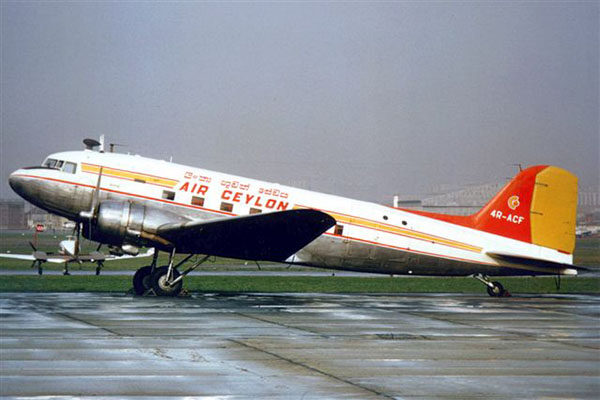
The DC-3 usually approached to land at 65-70 knots. But the crew knew she weighed so much more than her maximum landing weight with ammo boxes and 38 passengers. The pilots had to come much faster to land and to avoid stalling the plane. The Dakota did not have stall warning devices. Capt. Seneviratne compromised and made his approach to runway 05 at 100 knots. It would have been an extremely difficult task, an over-weight DC-3 approaching at 100 knots, on a short field of around 1500 meters. There were no guide lights or runway markings to gauge the descent path. The flare alone would have been so difficult to judge, the deck sure was stacked against the pilots, nerve-wracking to say the least.
They touched down and went straight for the brakes, but the speed was too high and the runway too short. The Dakota over-ran the threshold on the far end and went into a ditch that was full of mud. The nose was down, and the tail was up but no one was hurt.
Considering all factors, including the part they over-ran the short, unmarked runway, I think it was a brilliant piece of flying. From take-off to touch down it was all seat of the pants out of the box handling and decision-making. My humble opinion says if one was to study everything that happened and how they survived – this sure was a class act.
The soldiers disembarked carrying their ammunition and the crew followed. They inspected the Dakota and saw nothing had happened to the rugged aeroplane except some torn canvases in the tailplane. Ropes were brought and the 38 soldiers pushed and pulled the Dakota and got it out of the ditch. Her wheels were caked with mud and the wheel bays too were pretty badly soiled. Once the soldiers got the aeroplane to hard ground they turned it to face runway 23. The pilots got in and they had to do a battery start. This was tricky, but the crew knew their business. The starter rotated the prop, fuel flowed, ignitors fired, and the engine coughed and smoked as the 14 cylinders came to life. That sure is the sweetest sound from a Pratt and Whitney engine. Both engines started singing and it was all set to go, the Dakota took off on runway 23 and flew to Ratmalana.
They radioed Engineering in Ratmalana and told the Vavuniya story. The men who manned Ratmalana were a special breed.They were ‘Hammer and Spanner’ trouble-fixers who were Grand-Masters of the DC-3. By the time the Dakota landed the engineers were ready with high pressure hoses to peel the mud off and also had an expert to stitch the torn tail plane canvas. Some names I remember, it is my privilege to mention them. G.V. Perera, Noel Peiris, Sath Silva, JCT, Quintus Gunasekara, Piya. I remember, the rest were equally good, but I am sad I cannot re-collect all the names.
The engineers took over the aeroplane and the pilots went home.
Next morning my friend Jayawickrema rode his bicycle and came to the airport. The DC-3 was taxiing out for take-off, on the morning flight to Jaffna.
“She looked the beauty she always was” he nostalgically murmured. “Even spruced up by her high-pressure water bath. I couldn’t believe this was the same aeroplane that made an approach at 100 knots to land at a short strip in Vavuniya and ended up in a ditch, full of mud.”
Some pilots crash and die, and some survive. The script is decided by fate that flings the dice. You win some, you lose some and if you are lucky, you live to tell the tale.
Some call it consecration; some call it God.
It is as simple as that.
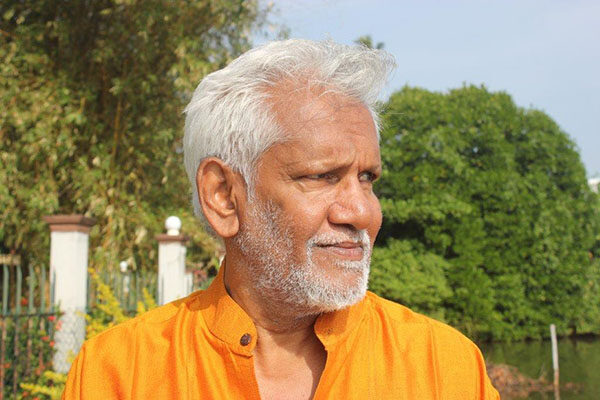
Capt Elmo Jayawardena







